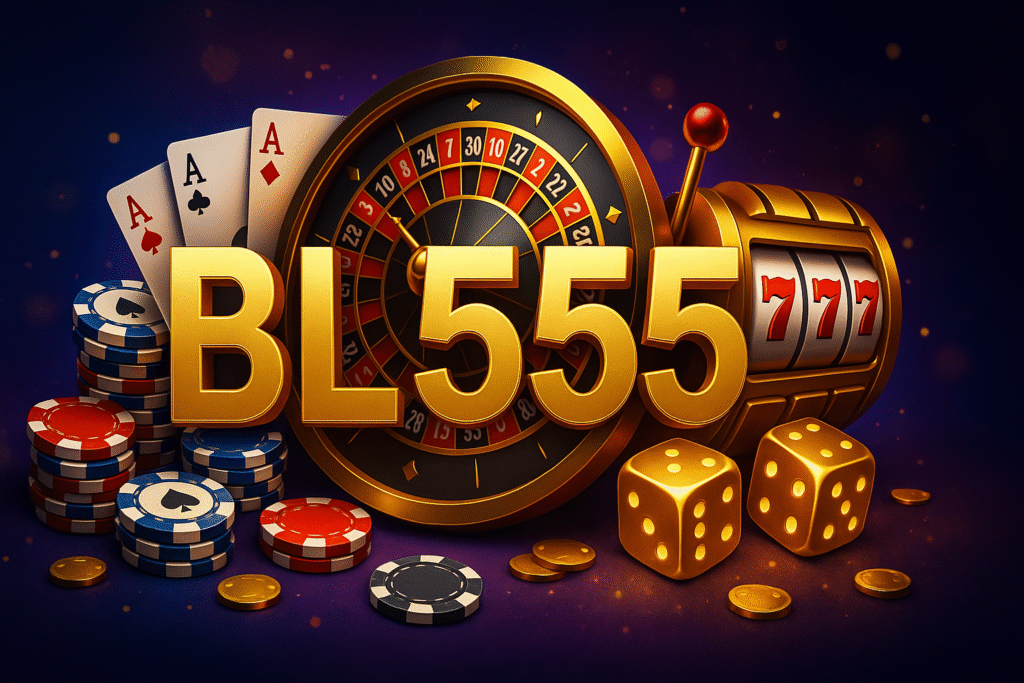
Slot machines are among the most popular games in both land-based and online casinos. With bright lights, engaging sounds, and rapid gameplay, they captivate millions of players daily. Platforms like https://bl555.yoga/ feature a wide selection of slot games that are carefully designed not just for entertainment, but also to stimulate specific psychological responses that keep players engaged.
At the core of every slot game lies the random number generator (RNG), which ensures fairness by producing completely unpredictable outcomes. But fairness isn’t the only thing that keeps players spinning. Game designers use a combination of visual stimuli, sound engineering, and reward structures to create a highly immersive experience that feels exciting and rewarding, even when no real prize is won.
One of the most important psychological principles behind slot design is variable ratio reinforcement. This concept, rooted in behavioral psychology, refers to the idea that rewards are given at unpredictable intervals. Players don’t know when they’ll win next, and this uncertainty keeps them spinning. The idea that the next spin could be “the one” creates anticipation and fuels continued play.
Sensory feedback plays a big role in the psychological appeal of slots. Every win, even a small one, is accompanied by flashing lights, celebratory sounds, and animations that mimic larger victories. This exaggeration of feedback makes the reward feel more significant than it actually is, increasing player satisfaction and making them more likely to continue.
Modern online slots are designed with themes that cater to different interests—from ancient mythology to pop culture to fantasy worlds. This thematic design enhances emotional engagement, allowing players to connect with the game on a personal level. Visual storytelling elements, character progression, and bonus rounds further immerse players into the game’s universe.
Losses disguised as wins (LDWs) are another feature often found in slot machines. These occur when the payout is less than the original bet, but the game still celebrates the outcome as if it were a win. The player loses money, but the flashing lights and triumphant music create the illusion of success. LDWs blur the line between winning and losing, keeping morale high even during negative outcomes.
Slot games also utilize near-miss effects, where symbols line up closely to a winning combination but fall just short. Studies have shown that near-misses trigger the same parts of the brain associated with actual wins. This sensation motivates players to try again, thinking a win is just around the corner—even though each spin is statistically independent.
Game developers often include progressive jackpots and bonus features that can be randomly triggered. These elements add layers of excitement and break the monotony of base gameplay. Players may keep spinning in hopes of activating a free spins round or hitting a massive jackpot, adding to the game’s suspense.
In addition to the psychological effects built into the games, user interface design also plays a role in retention. Most online slots have minimal distractions and intuitive controls, encouraging continuous play. Autoplay and turbo-spin features allow players to play many rounds quickly, increasing the chances of prolonged sessions without breaks.
Slots also provide a low barrier to entry. They don’t require skill or strategy, which makes them accessible to new players. This ease of access, combined with the instant gratification they offer, contributes to their mass appeal. For many players, slots are a casual way to relax and enjoy the thrill of chance.
It’s also worth noting that mobile compatibility has made slots even more engaging. Players can now spin reels while commuting, waiting in line, or lounging at home. This constant availability increases frequency of play and further integrates slot gaming into everyday routines.
Conclusion
Slot machine design is a sophisticated blend of psychology, mathematics, and creative storytelling. By tapping into human behavior and emotional responses, these games manage to deliver an experience that is both entertaining and deeply engaging. While the outcomes are random, the experience is anything but. Understanding the psychological mechanics behind these games can help players approach them with awareness and enjoy the thrill responsibly.